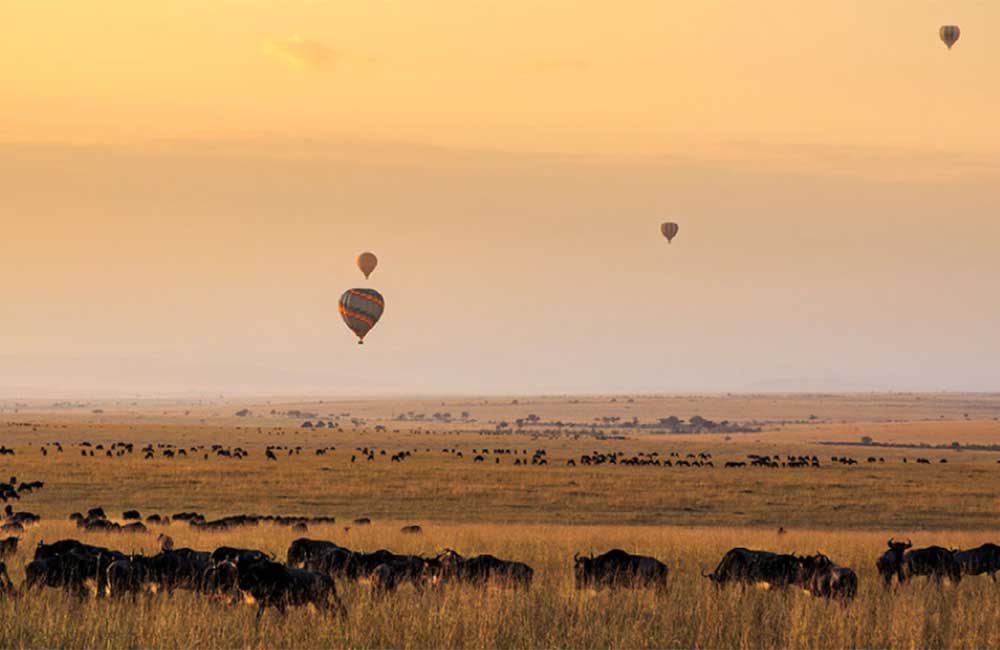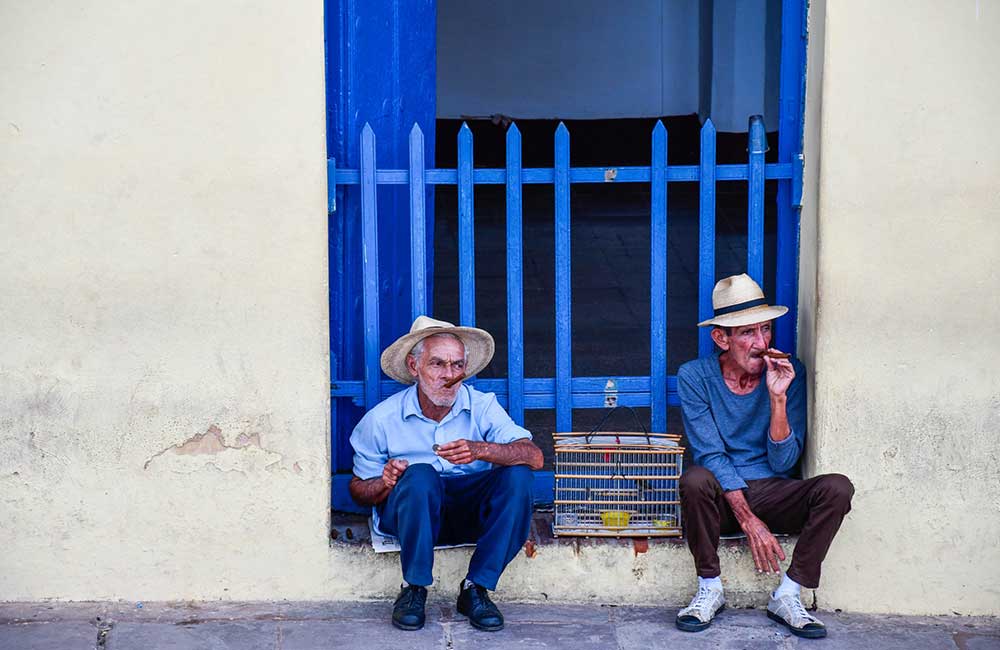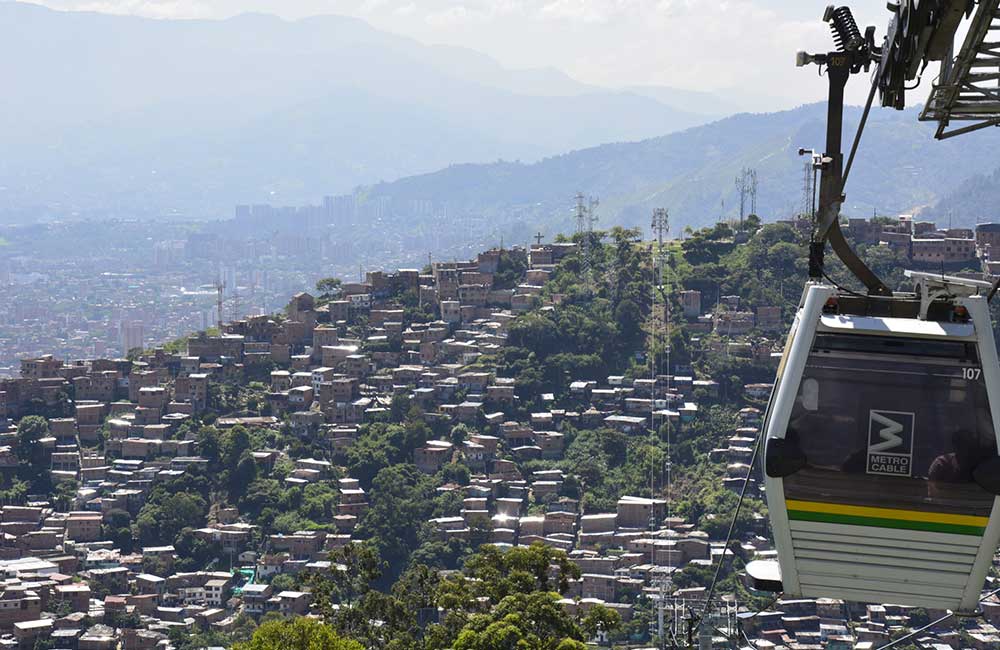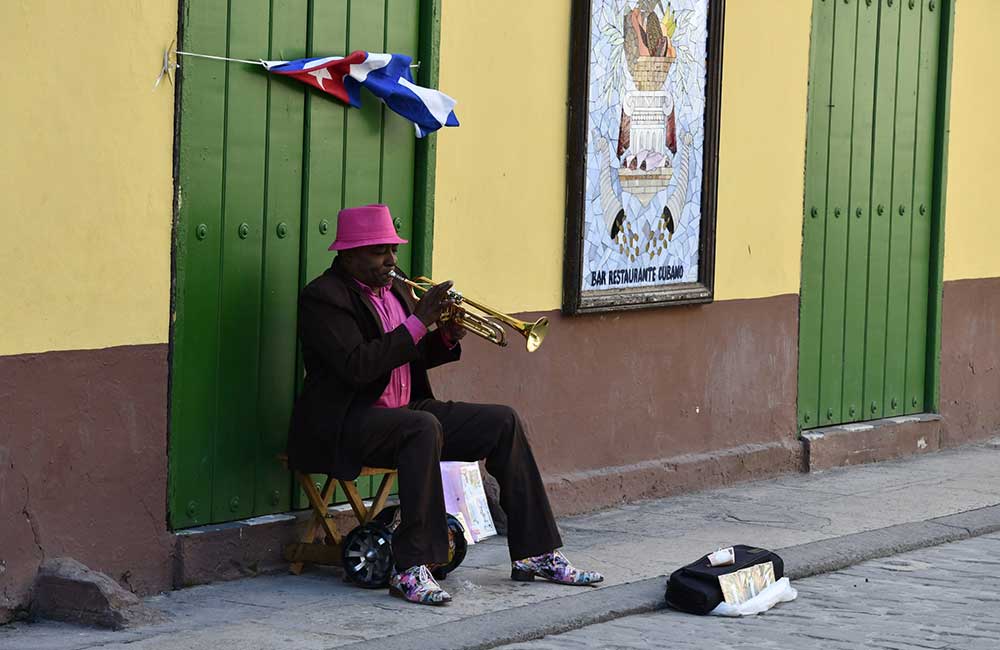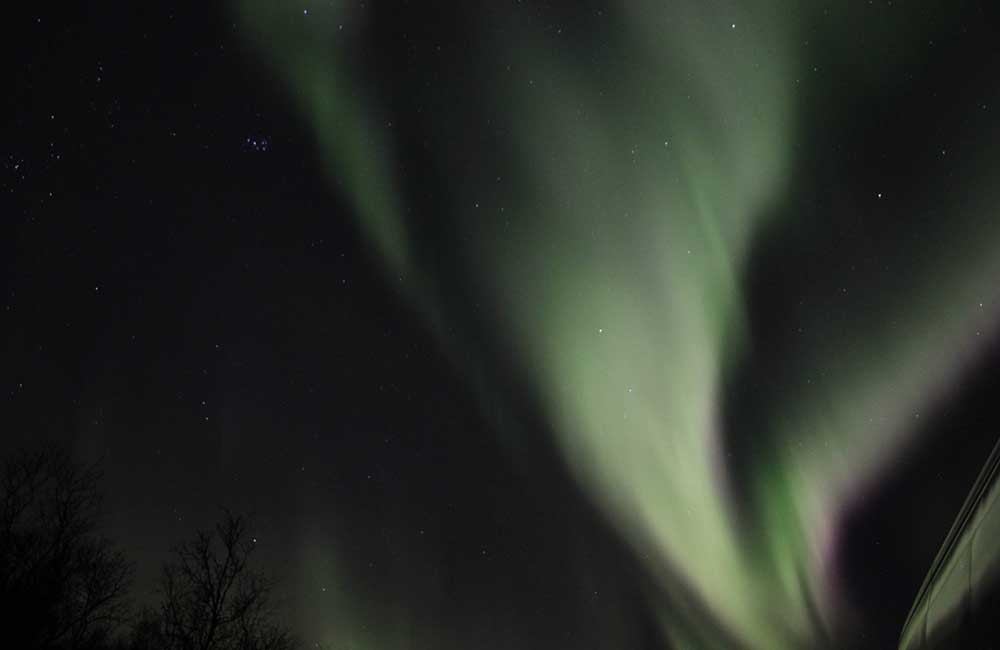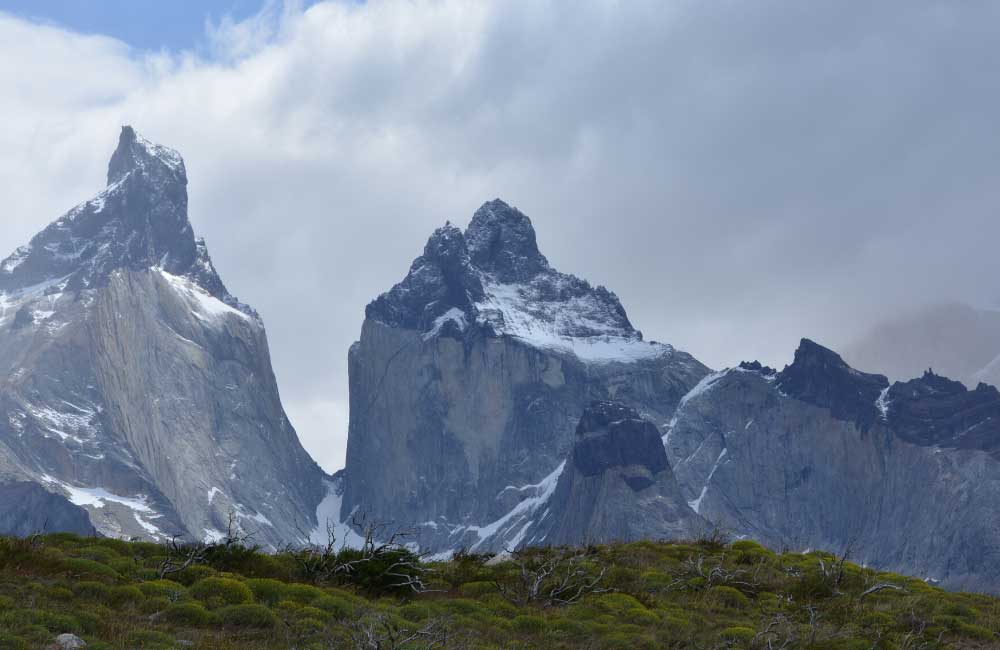Being a couple with passion for travelling & looking to explore the world together we chose a very offbeat destination for our honeymoon, Chile & Argentina. December being the favorable season to visit Chile & Argentina opened up the opportunities for viewing Magnificent Andes, Windy Patagonia, lakes, Cities and coastlines.
We started our journey from the longest and narrowest country in the world, Chile. This country stretches over 4,300 km north to south, but only 350 km east to west. The north of the country is dominated by the Atacama Desert, a spectacular region of salt flats, geysers and volcanic peaks. The Central part has been blessed with Mediterranean climate. Towards the south, Patagonia is a land of windy grasslands, vertiginous mountains and massive glaciers.
After travelling for almost 30 hours and after 2 layovers we landed in the capital city of Chile, Santiago de Chile. We decided to spend 2-3 nights in Santiago to relax after the long flight. This cosmopolitan, high-spirited, sophisticated city is very versatile; its diversity shines through its contrasting neighborhoods. A guided bicycle tour took us through the picturesque Parque Forestal, graffiti- filled Barrio Bellavista, Santiago’s local markets and the famous house of Chilean poet and cultural icon, Pablo Neruda. There are quite a few must-see attractions in the city, like the Parque Metropolitano, Santa Lucia Hill, Providencia, Mercando central, Palacio La Moneda and then the Pre-Colombian Art Museum.
We took a day trip to Valparaiso. Spread on over 43 hills overlooking the coast, the city is recognized as UNESCO world heritage site. Valparaiso has a unique bohemian flavor and tone to it, bright colorful houses on the hills and graffiti and murals in the streets. Diverse architecture, narrow streets, endless alleys & staircases piled up high, and ancient funiculars along the steep sloppy hills charmed us in every way. Valparaiso’s laid-back atmosphere and rustic beauty has inspired generations of writers and poets, including the Nobel-peace winning poet Pablo Neruda.
After spending couple days in loud, grittier urban feel, it was time for a solitude getaway. Flying north of Chile we headed towards world’s direst desert, the Atacama. We knew we were in for a once in a lifetime experience as we looked out of our airplane window. In that extreme terrain and arid environment there is slight possibility for human development, which makes it perfect for keen travelers like us.
Once we landed at Calama, we rented a vehicle from the airport. It took a short one-hour drive to San Pedro de Atacama; it was easy to navigate, as the roads were well paved and marked. As we drove into to the middle of Atacama’s infinite empty space we realized that this was one of the most astonishing places on earth. Due to its lunar like landscapes it felt like visiting another planet.
The Atacama Desert’s 41,000 square miles of diverse terrain includes the Tatio geysers, the Atacama Salt Lake, Moon Valley, and bird-filled lagoons, Miscanti and Miñiques. Distances are enormous and so San Pedro works as the only base town for exploring the area’s extraordinary landscapes.
We stayed at hotel Cumbers, a serene luxurious retreat. San Pedro’s main Caracoles street is filled with hotels, cafes, restaurants, bicycle rentals and tour operators; offering every day excursions and guided tours to show the wonders of Atacama. Originally a copper-mining town, San Pedro caters primarily to the demands of tourists. During the next four days, we tailored our explorations and adventures to our interest.
San Pedro sits at altitude of about 8000 feet, making the air thinner. We hiked to Pukara de Quitor allowing ourselves time to adapt to the altitude. It is a 700 years old Indian fortress carved by Atacameno people to protect the oasis from foreign invaders. It was an exploratory hike that rewarded us with a spectacular view from the top. Come sundown we set off to see Laguna Cejar and sunset at Laguna Tebinquiche. Laguna Cejar is famous for its incredibly salty water, it is said to saltier than the Dead Sea, and one can float in its water without any effort. From there we went to Laguna Tebinquiche, a giant salt lake whose flat, mirror like surface reflected the mountains and color changing skies. The light was truly incredible; all kinds of shades of brown, grey, pink, and purple made the sunset so picturesque.
Next morning, we left for Lagunas Altiplanicas- Miscanti and Miñiques. They are located approximately 140 km from san pedro, at 4000m above the sea level in the heart of Andes mountains. The journey there was so diverse and beautiful, every 10 km we drove, nature kept surprising us with changing landscapes. Driving uphill, Volcano Miscanti rose up in the background and the view slipped our breath smoothly. Rugged volcanic rocks, golden yellow upland grasses, white clouds, blue sky, red earth and radiating vivid blue water formed a marvelous color palette of Altiplano scenery. Adjacent to each other, these Lagunas receive water from the underground infiltration of rains and hot springs. Only birds, flamingos and vicunas visit the lagoons for food and rest. On the return journey there was a spectacular view of the massive Salar de Atacama. It’s just impossible not to be moved by the Atacama.
As we set the alarm for 4am, we felt excited for the next day events. Early morning we left for one of the most popular excursion of Atacama, El Tatio geysers. At an altitude of 4320mt it’s the world’s third largest geyser field.
Icy temperature prevented steam of 80 geysers from evaporating. So as the sunrises, the rays pierce through the clouds of billowing steam making everything immensely magical. It was a magical start to the day… that day became even more magical as we started to descend through Andes. Vicunas greeted us; they are wild predecessor of the domesticated alpaca that are found in the mountains’ grassy plains. We took few photo stops at different viewpoints to see flamingos. The penetrating silence of this vast desert made the sound of flamingo’s sipping on slate-grey lagoon and salt cracks in the rocks very prominent.
Before returning to San Pedro de Atacama, we made a stop at a small village of Lamas Sheppard- MACHUCA. Cluster of mud and thatched roofs houses, only one family of less than 10 people lived there. The village is open to tourist; it has an old church on a hilltop, some souvenir stalls and an eatery. It was interesting insight of a simple and traditional way of life.
After such a magical day it was time for the famous sunset in Moon Valley. We drove 17 km into a closed reserve. As soon as we entered we saw the real side of Atacama Desert- arid, almost lifeless and so surreal; it was like we have landed on Moon. It earned the name because of its resemblance to the lunar surface. Since 2004, Northern Chile has been used by Nasa and the European Space Agency (ESA) for testing Martian rovers. Short hike to Death Valley took us through dried riverbeds and salt lees. Crunching the hard crinkled salt surface we moved forward to the Cordillera de la Sal (Salt Mountain) Viewpoint. From there we could see the distant Andes, sand dunes and the rock formations by the winds and volcanic erosion. But as the sun set below the wind-sculpted canyons the whole sight came alive. Deep plum purple tinted Licancabur volcano and the monochromatic orange land gave an overwhelming sense of solitude. It’s easy to feel like the last man on earth as the lights lowered.
Atacama left a dramatic and lasting impression on us. It’s a place of natural and captivating extremes. Atacama offered a colorful and delightful experience with the finest emotions.
The next leg of our tour was the high mountains of Patagonia and Torres Del Paine National Park. Shared by Argentina and Chile, Patagonia is one of the key elements these nations have in common. However, what you can see in Argentine Patagonia is quite different to what you’ll see on the Chilean side.
We flew to Punta Areñas and headed north by bus to the small town of Puerto Natales, the gateway to Torres del Paine National Park. Vast, wind-whipped and barren, Chilean Patagonia magnetizes travelers who have a good eye for beauty and a heart filled zest for adventure. Glaciers lunging into emerald lakes; wild fjords meandering through hardwood forests; and the Andes’ peaks rise into swirling clouds and mist.
The heart of Chilean Patagonia is the Torres del Paine national park. Declared a biosphere reserve by UNESCO in 1978, the Torres del Paine National Park is internationally recognized for its strong winds, indigo painted sky and the granite pillars. On visiting this park, one can see the really reason for being recognized as most beautiful, unique and uncontaminated places on the planet.
Rising vertically for more than 2000m above the Patagonian plain, the granite pillars of Torres del Paine (Towers of Paine) dominate the landscape of the national park. When the weather is clear, you can see the towers from everywhere. But, unpredictable weather patterns can cover the peaks in clouds for hours or days. There are chances to get four seasons in a day.
There are some great campsites, several challenging walks, and if you are lucky there is a chance to see guanaco and condor in these stunning landscapes. With so much to see and do, getting oriented in Chilean Patagonia can be a challenge. National Park’s incredible size and diverse landscapes forced us to be selective about where we explore.
We had planned a guided excursion with our resident hotel, NOI Indigo. Following morning we left with guide and a small group of 8 people in a minibus for an all-day tour that included several stops at the main viewing points and short hikes in the park. Driving into the park, we made our first stop at the Salto Grnade Waterfall. This waterfall drops 50 feet through a narrow shaft of Lake Nordenskjöld, the blue glacier-fed water added to its allure. As we approached its thunderous brink, force of water flowing by made us feel nervy. The watercourse eventually turns into Lake Pehoé, which is again one of the beautiful lakes of the national park. At Lake Pehoé, we stayed for a while, had our lunch enjoying the atmosphere and great views.
Next we walked across a wooden footbridge, through a forest and reached down onto the shores of Grey Lake. Admiring the icebergs and Glacier Grey in the distance was nothing short of spectacular. The temperature dropped dramatically as we approached the massive blue icebergs floating in the lake, which had calved off the nearby glacier. The weather was so windy that we were literally struggling to make it to the shore. We could totally feel alive by facing the power of nature.
For our last day in Chile we decided to trek from Milodon caves to Condor lookout. The prehistoric cave was probably carved out by rushing water from nearby melting glaciers thousands of years ago, but what made these deep caves so famous is the discovery of skin and bones of the prehistoric giant ground sloth. Continuing our trek we visited three caves that lay between green forests and rock formations before reaching Laguna Sofia, one of the most astonishing places in Last Hope Province. We trekked up a mountain through forest rich with wildlife. The area is home to 400-year-old southern beech trees, some of the oldest in the area. On the way we saw cave paintings more than 8,000 years old. At the top, we were gratified to spot Patagonian condor also known as Andean Condor, flying just a few meters away. It is one of the world’s largest birds having wingspan of 10ft. It was a blissful moment.
We discovered the great rich variety Chile had to offer from top to end. Disembarking our journey from Puerto Natales we then crossed borders and traveled to Argentinian Patagonia. El Calafate was our next destination to see the colossal Perito Moreno Glacier. Sitting in the bus, crossing borders, looking at the Patagonians plains we wondered, “why Indians don’t travel much to this part of the world?” Throughout our trip in Chile we met only handful of Indians. We should look beyond the glamorous vacations and unchain ourselves to visit corners of the world that are far different and distant from us.

